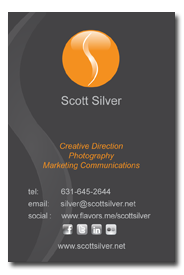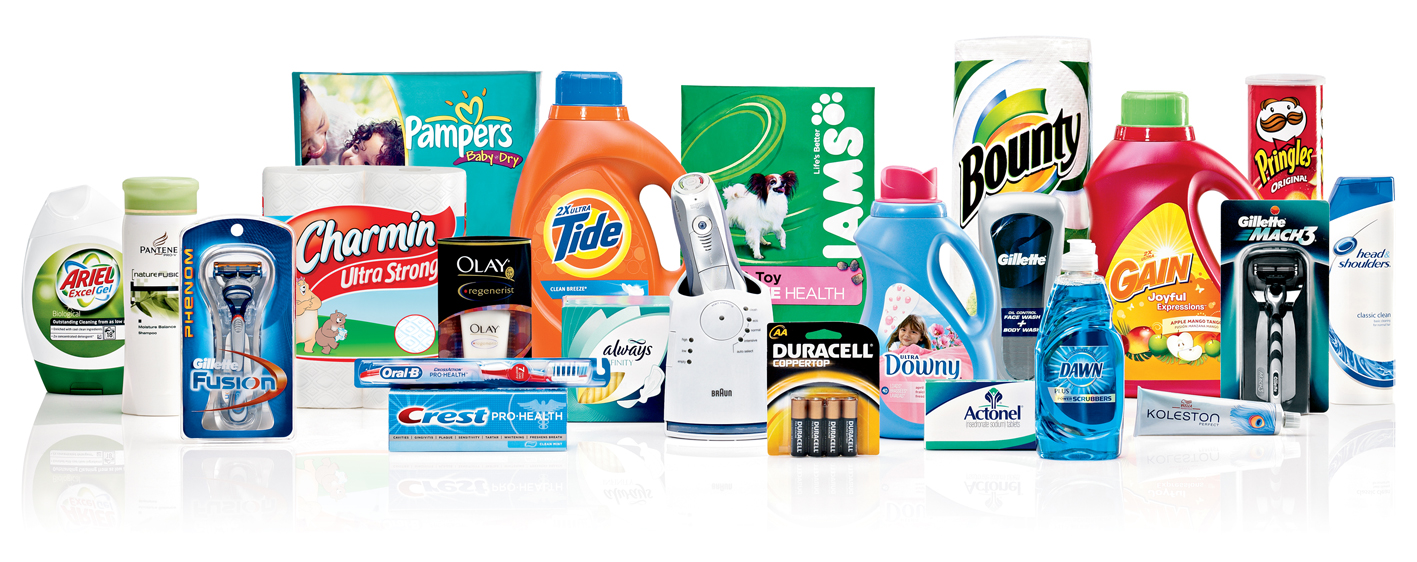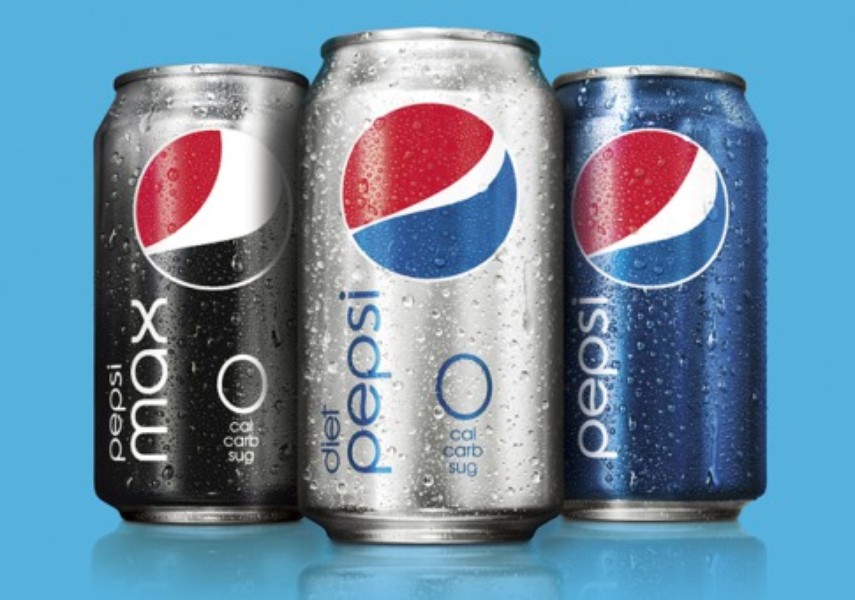How to Define Your Brand Identity
 30 October, 2012
30 October, 2012

Branding is the face and outward expression of a company’s identity. It is the name and visual appearance, which ensures consumer recognition and individuality. There is no right way or wrong way in regards to branding. It is subjective and should constantly be evolving as you or your business does. That said, there are still fundamental aspects everyone should try to adhere to. A brand identity should include a name, logo and other visual elements such as images or symbols. Designs and communications should be consistent and easy to recognize. If you can define all of the critical elements in my list, you will build a strong brand identity.
Names
Hopefully, you have a good company name that identifies what your business does. It should be memorable and easy to spell. Unfortunately, it is common to have a company name established before a company has thought about their branding. From my experience, there is always a rush to get to the market, but if you do not do your diligence, you will be sorry later. This also applies to a product name or product line. Do yourself a favor and ask anyone you know, his or her opinion. If the investment is great, a focus group is recommended. Do not be afraid to utilize your Facebook and Twitter fans. Customers love to be a part of the process and having a contest is an easy way to get a buzz going too.
Logo
The foundation of a visual identity system is the company’s signature logo. There is nothing more valued. Consumers typically recognize colors and remember visual expressions more powerfully than they remember names or words. It is responsible for communicating the qualities that make them unique. Starting with a great logo will go a long way in helping you define your brand. You should ensure that it works in every type of media format and is identifiable in any size. KEEP IT SIMPLE!
Color
See last month’s article— “How to Choose Corporate Colors to Effectively Communicate Your Brand”
Your Message
How do you want your business recognized for? What do you stand for? What is your number one thought you want people to think about when they come across your company? Is it quality? Is it great customer service? Maybe you provide a lot of added values which your competition does not. Whatever it is, you must communicate this throughout all your communications such as, your site, collateral, social media and all your verbal communications. Repetition is key and standing behind what you say is important.
Tagline
A “tagline” consists of words that define your company. It is better to have no tagline than a poor one. While a company might benefit significantly from a tagline, it has to be willing to develop a great one. The real test of a tagline is whether it is memorable and if it expresses the true beliefs of the company.
Core Elements
 Business Card |
Any combination of elements will help define your identity. Having elements or shapes taken from your logo can help to further define your brand. For example, I use the “S” in my logo. Keep in mind that the graphic element does not have to come from the logo. However, you need something that you can use when designing your website and collateral. A corporate style guide should be published to communicate all specifications for your company.
Defining your brand architecture
Brands exist on many levels with many different combinations. Anything can be a brand. People, TV shows, countries, events and corporations all can be brands. Today, mergers and acquisitions are commonplace and can further blur and complicate a company’s brand.
Define your branding architecture. All systems need structure and branding can be a complex one for a company. For simplicity, I have broken down four branding strategies as examples. There are other variations of these themes, but it can become very complicated. Every situation is usually a unique one. Big corporations, if they choose, can figure out how to structure their brand without professional help. However, advertising agencies can provide this service when needed. Use the below strategies as a guide for your branding architecture:

Proctor & Gamble Products
Corporate Brand – Is defined by who “Owns” all of the product brands, for example, a company like Proctor & Gamble. The brand or the product takes the lead above the corporate identity. P&G strategy is to not advise consumers of its ownership, but there are no rules. The graphics do not need to be relatable to all product brands. Simply said, they use different logos for each product, and each product is its own brand. They are so big that it is not important that you know ownership.

GE Logo – I shot this from a 1940’s fan
Master Brand – A brand that can (or does) span a number of closely or distantly related categories and currently has other brands, sub-brands, and/or lines within its scope or range. GE is a good example how they market their products. Everything has the GE logo on it, while spanning multiple industries. Their Master brand is GE. The sub-brands are Monogram, Profile, Lighting, Healthcare, Aviation, etc. The graphics should relate to all product brands.

Pepsi Brands
Product Brand – Is when brands generally stay in one or similar categories, although they may have sub-brands.Graphics would be the same, but they are differentiated by title and color or the graphics are similar with slight variations. Pepsi currently does this with their main circle/wave logo.

Scott Silver Logo as Reflective Branding
Reflective Brand – Incorporating the Corporate Brand strategy into the Master Brand & Product Brand. All brands stay in one or similar categories and are identified through divisions. Essentially, here, you have your main logo, and by text or color, you identify your brand. Sub-brands would be difficult to market with this method.
Confused? Yes, this will happen. Branding complexity will have your head spinning in no time. Based on the branding platform you choose, you should go to market using a single, defining brand philosophy. One which will be implemented across all divisions consistently to build equity and understanding of the new brand. Choose a method that works best and allows for growth.
However you define your brand, the common theme must be consistency. With that, you will build equity and success. A question will always come up if something conflicts with your brand. It is common to have a buyer like Wal-Mart, Home Depot or Target tell you to change your design. Try to have a dedicated brand manager. Discuss conflicts, as a team, to make sure a decision is a sound one. It’s hard to tell Wal-Mart you are not willing to change your brand if it means millions in sales. Nobody said it would be easy.

Really good blog, thank you very much for your time in writing the posts.